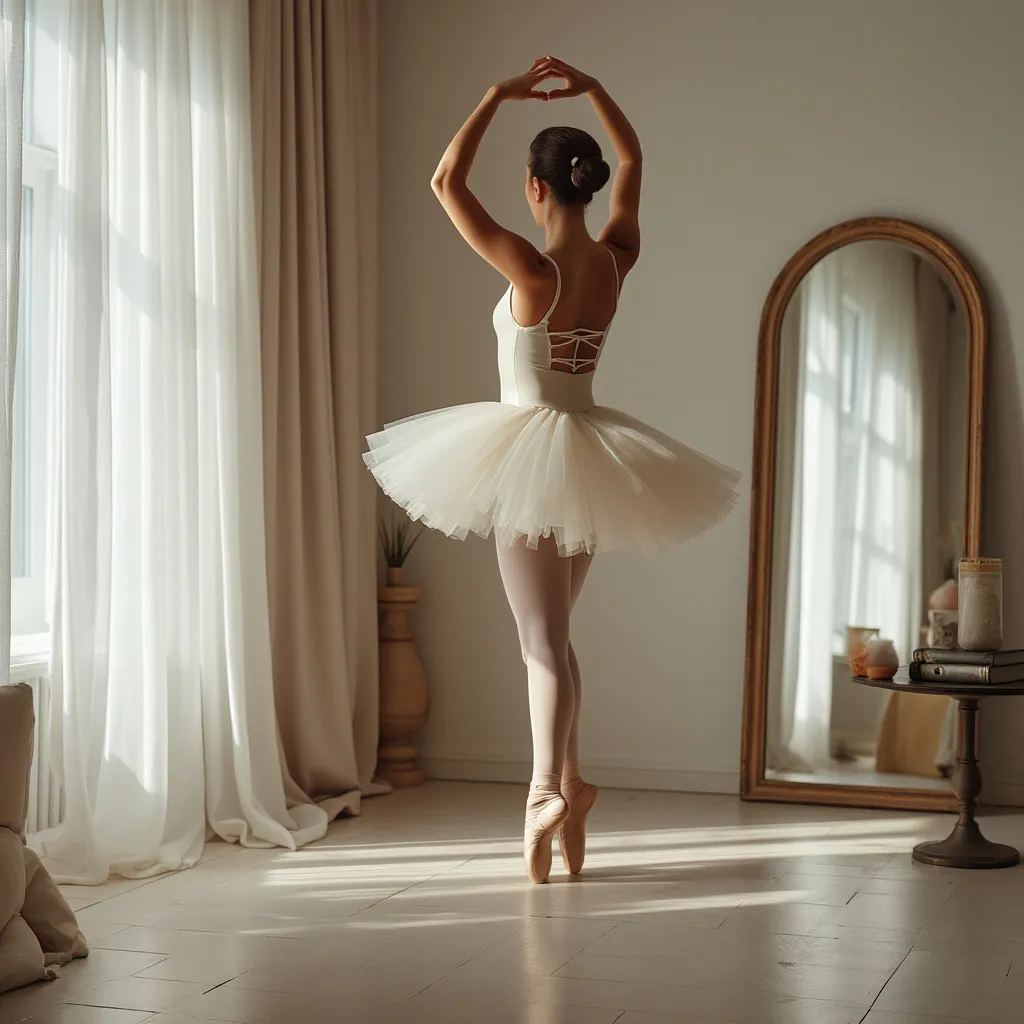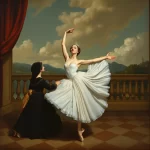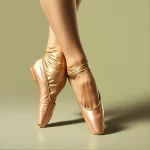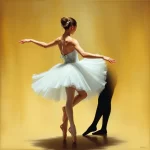The Impact of Ballet on Opera and Theatre
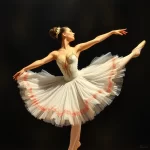
Introduction
Ballet, an art form that combines dance, music, and storytelling, has had a profound impact on both opera and theatre. Originating in the Italian Renaissance courts of the 15th century, ballet has evolved into a highly technical and expressive form of dance. Its influence extends beyond the confines of dance studios and performance halls, permeating the realms of opera and theatre. This article explores the multifaceted impact of ballet on these two art forms, examining historical contexts, stylistic influences, and contemporary practices.
The Historical Context of Ballet
Origins and Evolution
Ballet began in the Italian Renaissance courts as a form of entertainment for the aristocracy. It was later formalized in France under the reign of Louis XIV, who established the Académie Royale de Danse in 1661. The codification of ballet techniques and the development of a standardized vocabulary allowed for its dissemination across Europe.
Ballet in the 19th Century
The 19th century saw the rise of Romantic ballet, characterized by ethereal themes and the use of pointe work. This period also marked the beginning of ballet’s integration into opera and theatre, as choreographers and composers began to collaborate more closely.
The Impact of Ballet on Opera
Choreography and Staging
Ballet has significantly influenced the choreography and staging of operas. Many operas include ballet sequences, known as divertissements, which serve to enhance the narrative and provide visual spectacle. For example, the operas of French composer Jean-Baptiste Lully often featured elaborate ballet interludes.
Collaborations Between Composers and Choreographers
Collaborations between composers and choreographers have led to the creation of some of the most iconic works in the operatic repertoire. Pyotr Ilyich Tchaikovsky’s “Swan Lake” and “The Nutcracker” are prime examples of how ballet music can achieve a symbiotic relationship with dance, enriching both art forms.
Influence on Vocal Performance
Ballet has also influenced vocal performance in opera. The physicality and expressiveness of ballet have inspired opera singers to incorporate more dynamic and emotive movements into their performances, thereby enhancing their storytelling capabilities.
The Impact of Ballet on Theatre
Physical Theatre and Movement
Ballet has had a profound impact on physical theatre, a genre that emphasizes the use of the body to convey meaning. Techniques derived from ballet, such as controlled movements and expressive gestures, are often employed in physical theatre to create visually compelling narratives.
Integration of Dance in Dramatic Works
The integration of dance into dramatic works has become increasingly common, thanks in part to the influence of ballet. Plays such as Tennessee Williams’ “A Streetcar Named Desire” and Arthur Miller’s “The Crucible” have incorporated dance sequences to heighten emotional impact and underscore thematic elements.
Choreographic Storytelling
Choreographic storytelling, a technique where dance is used to advance the plot, has its roots in ballet. This method has been adopted by contemporary theatre directors to create more immersive and dynamic productions. For instance, the use of dance in productions like “The Lion King” and “Hamilton” demonstrates how choreographic storytelling can enhance theatrical experiences.
Contemporary Practices
Fusion of Ballet with Other Dance Forms
In contemporary opera and theatre, there is a growing trend towards the fusion of ballet with other dance forms such as modern dance, jazz, and hip-hop. This blending of styles allows for greater creative expression and appeals to a broader audience.
Innovative Staging Techniques
Innovative staging techniques that incorporate ballet are becoming more prevalent. For example, the use of multimedia elements, such as projections and interactive sets, combined with ballet choreography, creates a more immersive and engaging experience for the audience.
Cross-Disciplinary Collaborations
Cross-disciplinary collaborations between ballet companies, opera houses, and theatre troupes are on the rise. These partnerships foster artistic innovation and result in productions that push the boundaries of traditional performance art.
FAQ
What is the historical significance of ballet in opera?
Ballet has played a crucial role in the development of opera, particularly in the French tradition. Ballet sequences, or divertissements, were often included in operas to provide visual spectacle and enhance the narrative. This practice dates back to the 17th century and has continued to influence opera staging and choreography.
How has ballet influenced contemporary theatre?
Ballet has significantly influenced contemporary theatre by introducing techniques of physicality and expressive movement. These elements are often used in physical theatre and choreographic storytelling to create more dynamic and immersive productions. The integration of dance into dramatic works has also become more common, enriching the theatrical experience.
Can ballet and opera be performed together?
Yes, ballet and opera are often performed together. Many operas include ballet sequences, and some productions are designed to integrate both art forms seamlessly. Collaborations between composers, choreographers, and directors result in performances that highlight the strengths of both ballet and opera.
What are some examples of successful collaborations between ballet and theatre?
Successful collaborations between ballet and theatre include productions like “The Lion King” and “Hamilton,” which incorporate choreographic storytelling to enhance the narrative. These productions demonstrate how the integration of ballet techniques can create more engaging and visually compelling theatre experiences.
How has the fusion of ballet with other dance forms impacted opera and theatre?
The fusion of ballet with other dance forms, such as modern dance, jazz, and hip-hop, has led to greater creative expression and innovation in both opera and theatre. This blending of styles allows for more diverse and dynamic performances, appealing to a broader audience and pushing the boundaries of traditional performance art.
Conclusion
The impact of ballet on opera and theatre is both profound and far-reaching. From its historical roots in the Italian Renaissance to its contemporary fusion with other dance forms, ballet has continually influenced the choreography, staging, and storytelling techniques of these art forms. The integration of ballet into opera and theatre has resulted in more dynamic, expressive, and immersive performances, enriching the cultural landscape and captivating audiences worldwide. As cross-disciplinary collaborations and innovative staging techniques continue to evolve, the influence of ballet on opera and theatre is likely to grow even stronger, ensuring its enduring legacy in the world of performance art.

